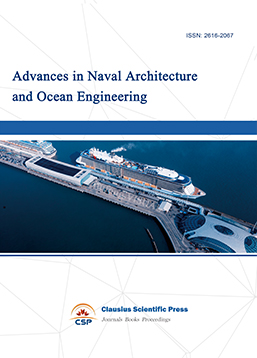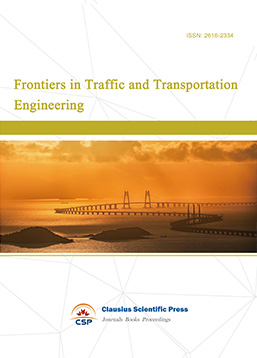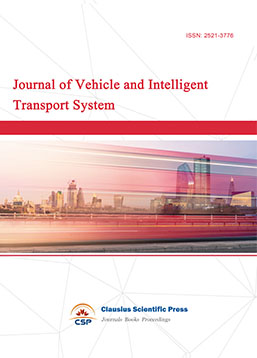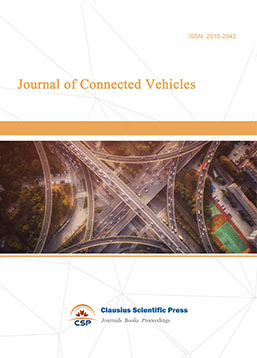Optimization of Rolling Stock Distribution and Routing Problem for the First Train of Urban Rail Transit
DOI: 10.23977/uts.2019.11001 | Downloads: 28 | Views: 5509
Author(s)
Wang Peng 1
Affiliation(s)
1 School of Economics and Management, Dalian University, Dalian, Liaoning, China
Corresponding Author
Wang PengABSTRACT
Reasonable distribution of the first train of urban rail transit is significant for reducing operation costs and improving service quality. In order to reduce disparities of departure time between the first trains of different stations along a line of urban rail transit, an optimization of rolling stock distribution and route problem for the first train with multiple depots and multi type rolling stocks is studied to determine origin depots and corresponding deadhead routes for rolling stocks. Operation lines of urban rail transit are abstracted into a directed graph, and a 0-1 integer programming model is developed. The model takes the minimum total deadhead distance of rolling stocks as target, considering constraints of depot maintenance and storage capacity, re-entry ability of the switchback station, line capacity, and supply-demand balance. It is accurately solved by ILOG CPLEX software. Compared with traditional distribution models, the model can simultaneously obtain both matching scheme and travel path of rolling stocks. Taking a line of urban rail transit in a city as a case study, feasibility and effectiveness of the model are verified. The results show that compared with manual scheme, the model can reduce total deadhead distance of rolling stocks by 28.691 km, its reduction rate is up to 6.1%.In addition, by analyzing occupancy of depot and re-entry stations, it shows that departure ability is a bottleneck. Turn-back capacity and depot capacity nearly have no effects on routes of rolling stocks.
KEYWORDS
Urban rail transit; first bus; vehicle floor deployment; path optimization; 0-1 integer linear programmingCITE THIS PAPER
Wang Peng, Optimization of Rolling Stock Distribution and Routing Problem for the First Train of Urban Rail Transit. Urban Transport Systems (2019) 1: 1-5. DOI: http://dx.doi.org/10.23977/uts.2019.11001.
REFERENCES
[1] WANG Y. (2015) Passenger-demands- oriented train scheduling for an urban rail transit network. International Transportation Research Part C: Emerging Technologies, 60, 1-23
[2] BARRENA E. (2014) Single-line rail rapid transit timetabling under dynamic passenger demand. Transportation Research Part B 70, 134-150.
[3] XU Dejie. (2019) Modeling of train timetable with full-length and short-turn routing considering the time-varying demand. Journal of Transportation Systems Engineering and Information Technology, 2, 122-129.
| Downloads: | 158 |
|---|---|
| Visits: | 16151 |

 Download as PDF
Download as PDF


